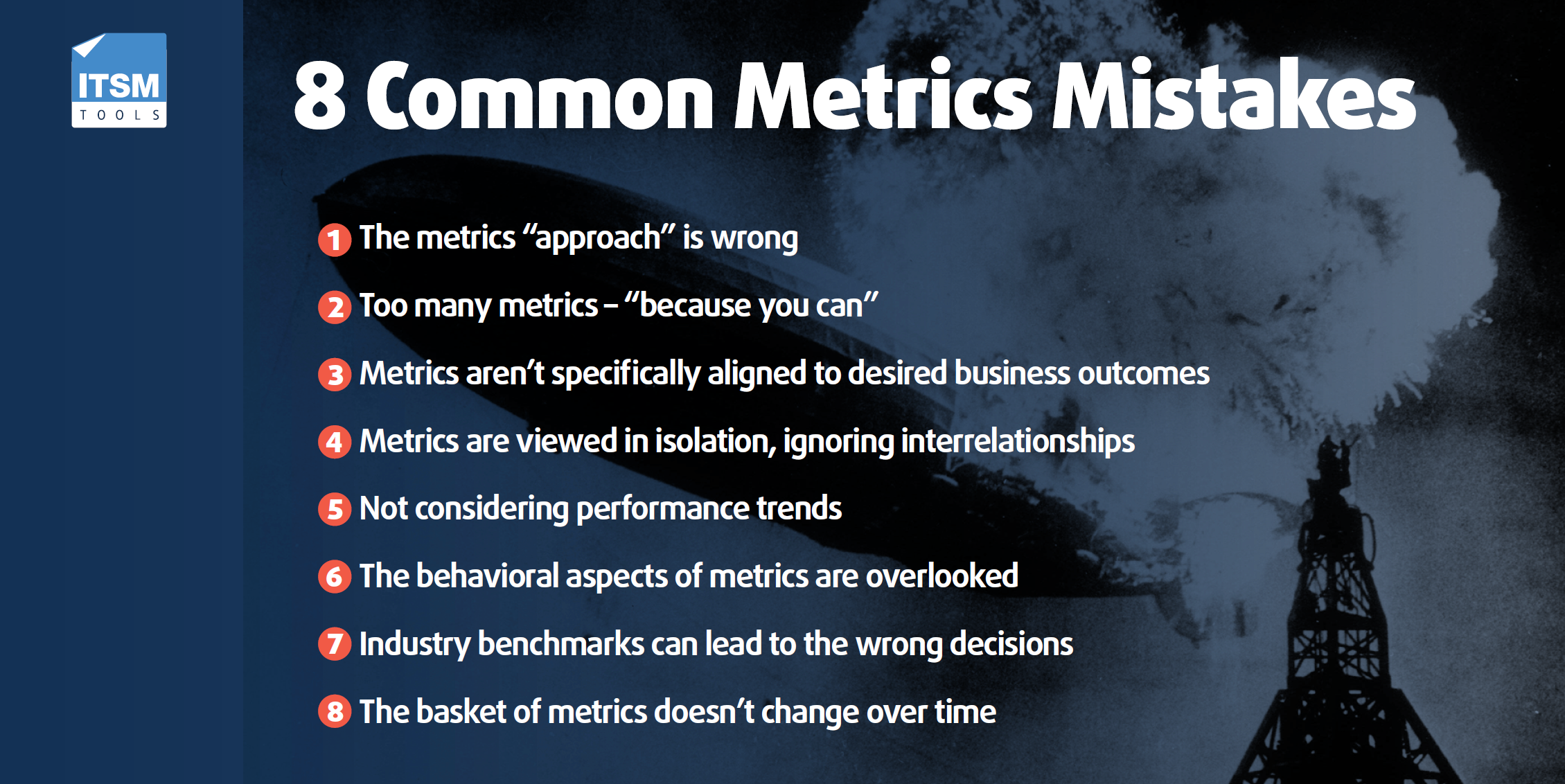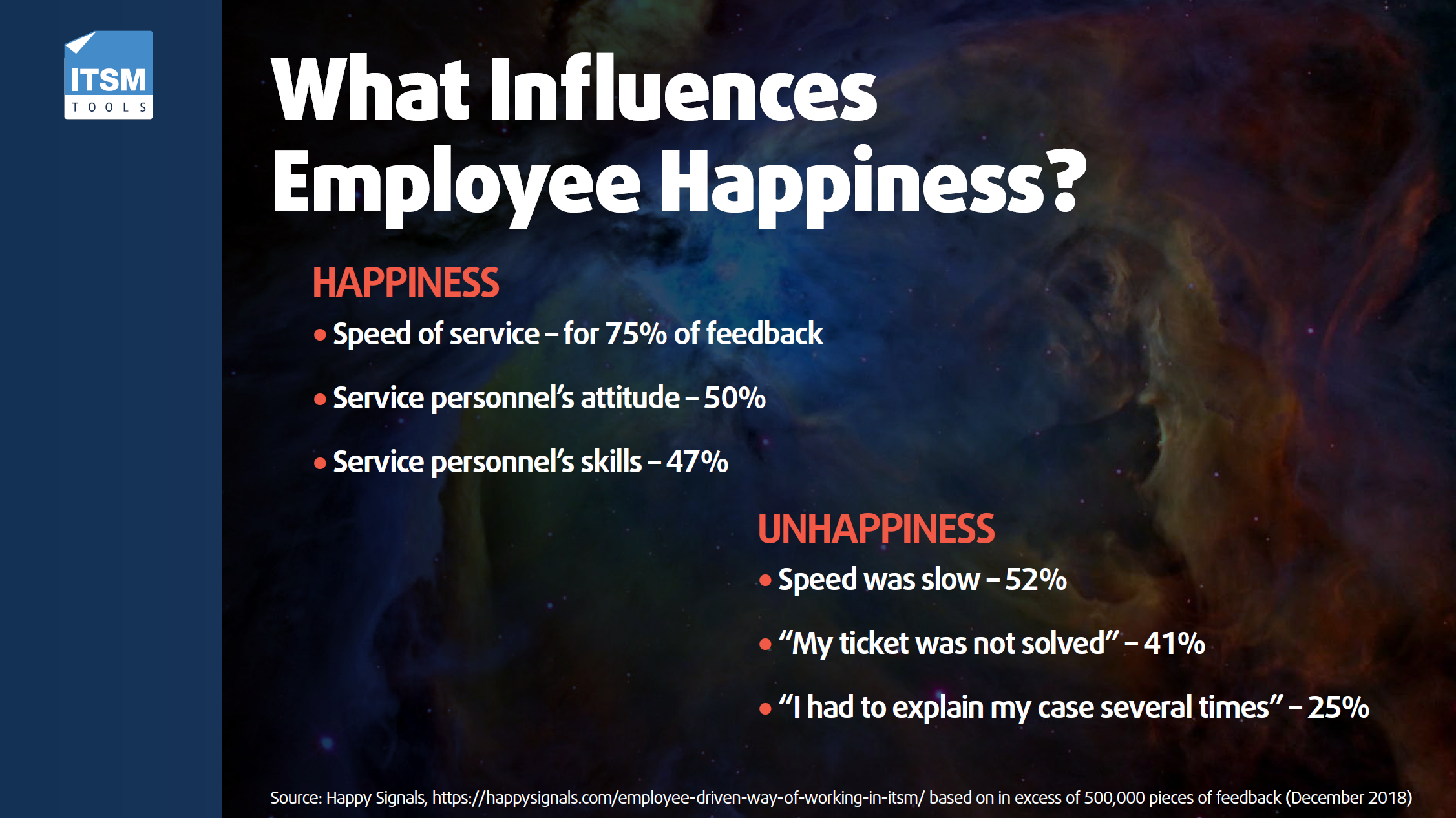To help your IT service desk increase its value, there are different aspects of IT service desk operations, performance, and improvement that need to be considered and addressed. These can be may be distributed across various parts of the IT-support ecosystem and can relate to any of: service desk strategy, people, process, and technology.
This blog summarizes the eight key points from a related webinar called “8 Important Steps For Boosting Your Service Desk Value. So, after reading this blog, you might want to check out the webinar if you want a more in-depth take on this subject—there are 40+ minutes of related content (the whys and some hows) in the 60-minute webinar.
But for now, please read on to find out more on how extract more business value from your IT support capabilities.
8 steps to boost your service desk value
The following eight steps are in no way the only things that will help to up your service desk value, but they’re all important in ensuring that your IT service desk is best positioned to drive and deliver better business outcomes:
1. First, realize that continuing to do the same thing won’t lead to different, better outcomes (there’s a need to do things differently and potentially to do different things); and, second, that your service desk is neither unique nor alone in terms of needing to improve operations, performance, and the associated outcomes or value.
2. Flip the eight common metrics mistakes (these are shown on the webinar slide below) into positive metric approaches. For instance, use metrics for productive reasons, such as driving improvement; align metrics with desired outcomes; understand the behavioral aspects of employed metrics; and periodically review the portfolio service desk metrics, changing metrics as appropriate. These will all help to ensure that IT service desk performance is better understood and improved upon over time, however they still don’t necessarily ensure that the desk, and its people, are delivering the business value expected of them.

3. Design employee feedback mechanisms, such as customer satisfaction surveys, around the employee (not the service provider) – importantly, around what customers value.
4. Understand what truly influences employee experience, happiness, and perceived value. It’s often things that aren’t surfaced via traditional customer service surveys.

5. Design IT service desk services and capabilities around the people that use them. This will help your IT service desk to avoid situations where newer services (or capabilities), such as self-service and chat, are introduced but then fail to gain sufficient traction in terms of end-user adoption. To back this up, the Service Desk Institute (SDI) found that only 12% of organizations had realized the expected ROI from their investment in IT self-service capabilities.
6. Don’t rush into chatbot adoption without first learning from, and ideally correcting, your IT organization’s self-service and chat mistakes. Why? Because if chatbots are considered an evolution of the traditional self-service, self-help, and chat channels, which IT service desks have – in the main – failed to deliver successfully--then there’s a good possibility that the same mistakes will be made with chatbots.
7. AI is an opportunity for IT service desks to revolutionize how they operate across the parameters of “better, faster, cheaper” – offering a superior customer experience and a higher perception of value. But don’t assume that it will be easy! Deriving value from AI will require time and effort, plus potentially the improvement of existing service desk practices.
8. Look to value-impacting trends to better understand and report performance, in particular to demonstrate increasing value. For example, the reduction in average handling cost per incident over the last 12 months while also achieving an increase in employee satisfaction (or happiness). Or a slight increase in the average handling cost per incident since last quarter that’s dwarfed by a significant reduction in lost employee productivity. Or an increase in reported incident volumes over the last three quarters where it can be shown that it’s because of greater employee happiness with the IT service desk rather than a greater number of IT failures (i.e. more employees think it best to contact the service desk with their issue).
There’s much that can be done to increase the value – even if it’s the perceived value – your IT service desk delivers. This blog highlights a number of them and if you’d like more detail on the why and how, then please watch this on-demand webinar: 8 Important Steps For Boosting Your Service Desk Value.

Stephen Mann, IT Service Management Expert and Principal Analyst and Content Director at ITSM.tools
Principal and Content Director at the ITSM-focused industry analyst firm ITSM.tools. Also an independent IT and IT service management marketing content creator, and a frequent blogger, writer, and presenter on the challenges and opportunities for IT service management professionals.
Previously held positions in IT research and analysis (at IT industry analyst firms Ovum and Forrester and the UK Post Office), IT service management consultancy, enterprise IT service desk and IT service management, IT asset management, innovation and creativity facilitation, project management, finance consultancy, internal audit, and product marketing for a SaaS IT service management technology vendor.








